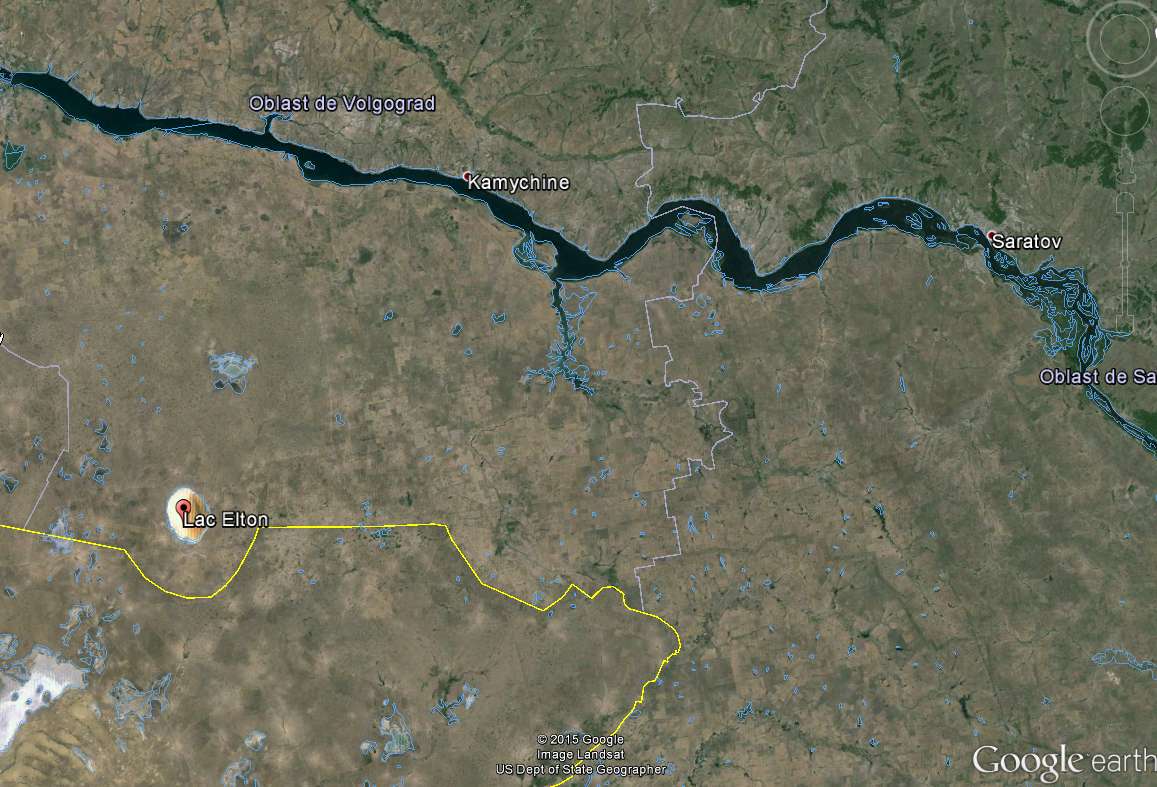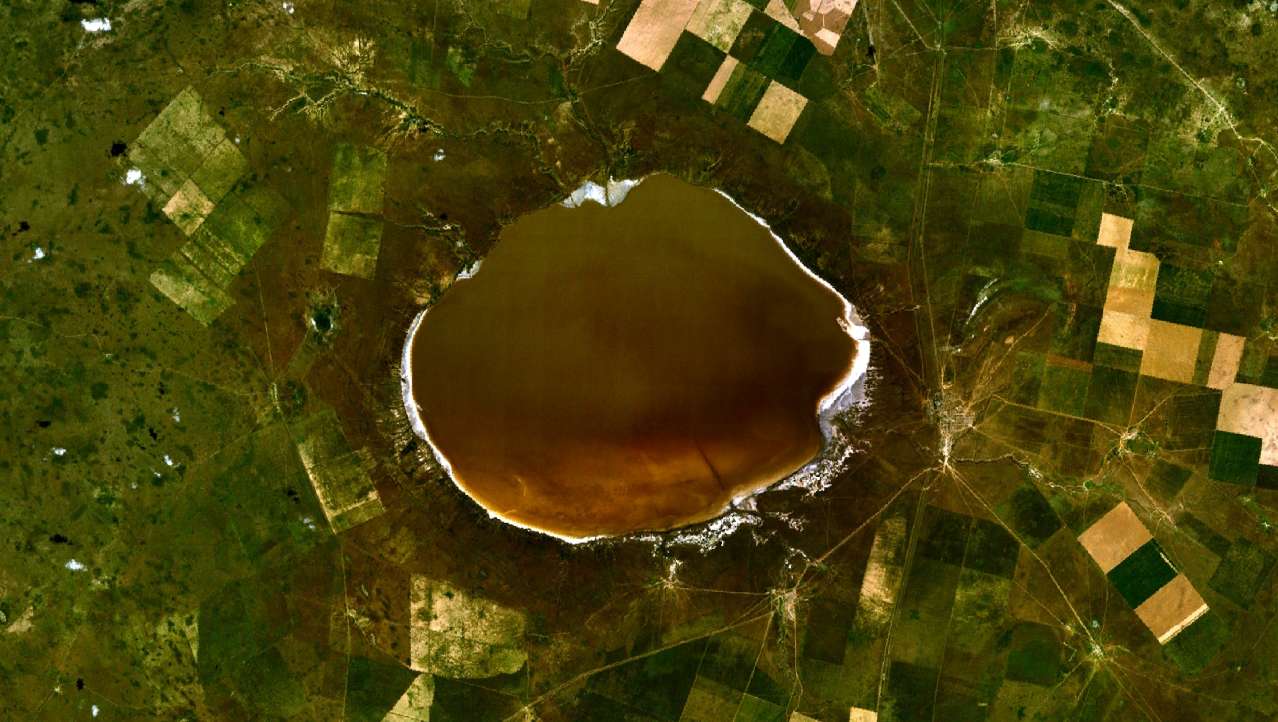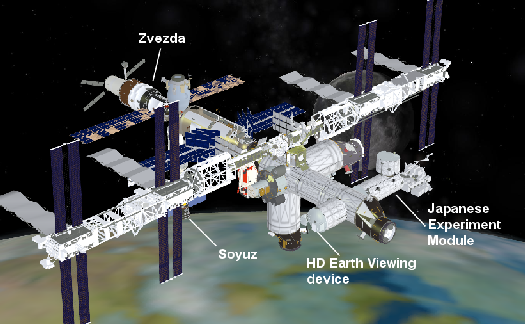It looks like you're using an Ad Blocker.
Please white-list or disable AboveTopSecret.com in your ad-blocking tool.
Thank you.
Some features of ATS will be disabled while you continue to use an ad-blocker.
share:
The discussion on this thread was outstanding -- folks were concerned over the video's point-of-view, questions of shadowing and sun angle, object
motion wrt the ground, with full awareness of distance ambiguities -- awesome.
And then the big reveal -- right in line with the consensus concerns.
ATS brain trust RULES.
And then the big reveal -- right in line with the consensus concerns.
ATS brain trust RULES.
I'm sorry and I know it's been debunked but I just have to say one thing: SPACEBALL!
Also the amonia leak made me laugh. Someone peed out the window, eh?
Also the amonia leak made me laugh. Someone peed out the window, eh?
originally posted by: Bilk22
There's a lot of misinformation in your post. Where are the shadows you mention that this object is casting? Close to the ground? You can tell that from the picture? Vaporous aspect? Again, you can tell that from the video? Looks solid to me and if it is of ET origin, who's to say what the "aspect" of that would be?
As for the video clip, it appears it was part of a news broadcast as well, so is that in question? You have leapt to a lot of conclusions without any way of verifying them.
No conclusions at all, only best guess deduced from common sense. Hard to tell for sure from the poor resolution and without the sun position though.
Yes, this 'UFO' is very likely "connected" to the ground, in the sense that it is not in the upper atmosphere or in space as it moves perfectly in relation to the ground.
The solid aspect is a trick of the vision due to a combination of:
- Poor quality footage.
- Inherent aspect of the object.
- Contrast between it and the background or surrounding landscape.
To verify further all these points, I've bought the HD footage (kudos to free_spirit BTW for finding it! ) which is very interesting. Its close examination will bring up interesting things and hopefully will serve for future reference for our eyes not to be fooled anymore by all these poor YT videos.
Anyway, I was very wrong saying that it was just a cloud (and I apologize for this wrong assessment) but right when I said that it was something close to or on the ground, and you'll understand why with my explanations below.
The ISS was flying over an area where there are lots of rivers and lakes. The angle that the sun makes with the camera and these rivers and lakes varies and when it reaches a certain value, sun rays are strongly reflected on plane ground water areas. Then the water surface appears white, like mirror reflection. It's visible at the very end of the video, where such a lake that reflects sun light is visible, at the bottom left part:

Like in this example:

From the vantage point of the International Space Station (ISS), astronauts observe many spectacular phenomena, including aurora, noctilucent clouds, airglow, and sunglint on Earth’s water bodies. Sunglint is light reflected off of a water surface towards the observer, such that it creates the appearance of a mirror-like surface.
If the viewing and lighting conditions are ideal, that mirror-like surface can extend over very large areas, such as the entire surface of Lake Ontario (approximately 18,960 square kilometers). This astronaut photograph was taken while the ISS was located over a point to the southeast of Nova Scotia, approximately 1,200 kilometers (740 miles) ground distance from the centerpoint of the image. Lake Ontario, Lake Huron, the Finger Lakes of New York, and numerous other bodies of water appear brilliantly lit by sunglint. To the west, Lake Erie is also highlighted by sunglint, but less light is being reflected towards the astronaut observer, resulting in a duller appearance.
Source
So this phenomenon is known as "sunglint".
When the angle is not exactly right as above for a full reflection of the sun rays and/or when the sun light is more scattered in many directions, then part or the whole water surface appears to be purple colored, or simply darker or in a blue hue:


The fact that some water surface did produce sunglint and some others not is due to the nature of this water surface that scattered light in a more or less efficient way:

This is the same effect produced by oil on water surface that smoothes it:
Rough water blurs the Sun’s reflection by reflecting and scattering light in many directions (left). Oil smoothes the water surface, making it a better mirror: more sunlight is reflected back to the observer (the satellite) at the same angle as the incoming sunlight (right). If the oil is located near where the Sun’s reflection would appear in the image, the mirror-like reflection makes the oil-covered water look brighter than clean water.
Source
If the lake surface is smooth, then it increases the chances to produce a sunglint.
The pink/purple hue can be seen as well in other examples of sunglints:

Source

Source
The colored hue is less obvious than in the OP video, bit is nonetheless present. Still searching for more similar examples though.
So the 'UFO' is very likely just a lake with a sunglint effect, less visible in its right part.
edit on 18-1-2015 by elevenaugust because:
spelling
edit on 18-1-2015 by elevenaugust because: (no reason given)
a reply to: free_spirit
Thanks for posting the original footage free_spirit.
I'm unconvinced the video is CGI and believe the film originated from NASA , I see no information in your link or mine to indicate it is an animation but am open to the idea , more info needed.
The footage is for sale and the tv networks always have stock videos
and images to illustrate their reports. i think Rick Ray made the rounded
figure to illustrate a lake or something, I knew this was a CGI since the
first seconds I watched the footage,. Anyway this was not a hoax but
a simple mistake. Now to the evidence.
Thanks for posting the original footage free_spirit.
I'm unconvinced the video is CGI and believe the film originated from NASA , I see no information in your link or mine to indicate it is an animation but am open to the idea , more info needed.
Clip Information
This film was created by the US Government and entered the public domain automatically upon publication.
www.dvarchive.com...
It is the sun reflecting on lake Elton between city Zhanibek and city Zaikhin.
In the distance you see the river Volga.
49.142447, 46.671110
In the distance you see the river Volga.
49.142447, 46.671110
originally posted by: laurentius
It is the sun reflecting on lake Elton between city Zhanibek and city Zaikhin.
In the distance you see the river Volga.
49.142447, 46.671110
Well done, I was actually searching for it
Lake Elton from GE:


Appears to be a salt deposites lake, so this probably account for the sunglint colored hue.
Case solved!
edit on 18-1-2015 by elevenaugust because: (no reason given)
Ground objects can sometimes fool even astronauts, recall Leroy Chiao's account of the fishing fleet lights off Argentina, during his 2005 spacewalk.
originally posted by: Bilk22
a reply to: elevenaugust
LOL nice try. So where is the "HD footage"?
Wanna see the bill?
Here you go...

Wanna see the HD footage (494Mo) uploaded right now in my YT account? (Under my real name BTW)
Here you go...
Then everyone including you can verify what I've said above.
FYI, I really do not appreciate the tone of your post that seems to suggest a fraud or a lie on my part, especially at the light of my own investment in this thread.
All right, I've done a mistake suggesting at first that the 'UFO' could be a cloud, but I apologized when I realized my mistake and offered an alternative and more plausible, verifiable explanation.
edit on 18-1-2015 by elevenaugust because: spelling
May I add the final piece to this puzzle?...
THIS article should explain why Lake Elton (the anomaly) is reflective to the extreme:
IMAGE:
cdnph.upi.com...
THIS article should explain why Lake Elton (the anomaly) is reflective to the extreme:
Check dams are causing Russia's Lake Elton to brighten
Elton's salt-crusted lake-bed is like a pale-yellow mirror for the sun's rays.
IMAGE:
cdnph.upi.com...
A satellite image of Russia's Lake Elton. The square delineates the series of dams that are limiting the lake's sediment supply and thus causing it to grow more reflective. Photo by Landsat 8/NASA.
VOLGOGRAD OBLAST, Russia, Dec. 2 (UPI) -- U.S. satellite imagery suggests a salt lake in Russia is being starved of its sediment, causing it to appear brighter and brighter over time.
Lake Elton -- which stretches some 60,000 square miles but never gets deeper than two feet -- is located in Volgograd Oblast, Russia, near the Kazakhstan border. It's one of the biggest, saltiest lakes in Europe. It's also, when seen from 400 miles up, one of the brightest geological features in the region.
Elton's salt-crusted lakebed is like a pale-yellow mirror for the sun's rays. Juxtaposed by the surrounding dead brown landscape, the oblong sheet of water is almost blinding from the vantage of Landsat 8, one NASA's Earth Observatory satellites. And apparently, that eye-stinging contrast is getting starker.
Scientists measure an object's reflectivity, or albedo, on a scale of 0 to 1 -- 0 being the least reflective and 1 being the most reflective. According to imagery captured by Landsat 8, Elton's max albedo in 2004 was 0.14. In 2009, it was 0.4, a drastic change for such a small window of time.
www.upi.com...edit on 18-1-2015 by IAMTAT because: (no reason given)
a reply to: elevenaugust
It was a working hypothesis that eventually led to the answer , no need to apologise mate it was just part of the process.
All right, I've done a mistake suggesting at first that the 'UFO' could be a cloud, but I apologized when I realized my mistake
It was a working hypothesis that eventually led to the answer , no need to apologise mate it was just part of the process.
a reply to: elevenaugust
thanks for your efforts in this thread and thanks for sharing the clip - i'm assuming it's genuine footage (not cgi) - don't think that's been clarified yet
either way it's a great clip
thanks for your efforts in this thread and thanks for sharing the clip - i'm assuming it's genuine footage (not cgi) - don't think that's been clarified yet
either way it's a great clip
a reply to: RoScoLaz4
Okay...I have a question for someone...
When was this video taken? That is to say what date was it made? What spacecraft was there to "film" it?
Where is the rest of ISS? There seem to be some missing modules...
Here is an image of a configuration that is very close to what is in orbit today...

From just a quick glance y'all should be able to notice something missing from the video.
Okay...I have a question for someone...
When was this video taken? That is to say what date was it made? What spacecraft was there to "film" it?
Where is the rest of ISS? There seem to be some missing modules...
Here is an image of a configuration that is very close to what is in orbit today...

From just a quick glance y'all should be able to notice something missing from the video.
Thanks for the link. It was helpful.
originally posted by: free_spirit
i think Rick Ray made the rounded
figure to illustrate a lake or something, I knew this was a CGI since the
first seconds I watched the footage,. Anyway this was not a hoax but
a simple mistake. Now to the evidence.
Here is the link to the website showing the footage
However the link doesn't support what you say about CGI. What makes you think it's CGI? Isn't it a real lake?
Also to people incredulous that a Lt Colonel can't tell a lighthouse from a UFO, we can't tell a lake from a UFO so give the colonel a break (not picking on anybody, I couldn't tell it was a lake at first either). Not everything is what you might think it is, and it's easy to jump to the wrong conclusion, as this example shows.
a reply to: Arbitrageur
My understanding is that the CGI part was the image of the ISS being overlay-ed on the video of the earth...probably taken from the ISS or Landsat.
This was then sold as stock footage (ultimately used by CBS in this case).
My understanding is that the CGI part was the image of the ISS being overlay-ed on the video of the earth...probably taken from the ISS or Landsat.
This was then sold as stock footage (ultimately used by CBS in this case).
originally posted by: Arbitrageur
Thanks for the link. It was helpful.
However the link doesn't support what you say about CGI. What makes you think it's CGI? Isn't it a real lake?
I'm not usually the One to cry CGI, but this time, I feel I should...
There are several things wrong with this image...
1. ISS is missing the "Tranquility" module; installed Feb 2010.
2. The radiators on the solar panels are "pointing" the wrong way.
3. The solar panels all have a different angle to the Sun.
4. The "light" is all wrong.
What this "looks like" to me a rather poorly composed "3D scene"...
If this is actually "real" it would have to be more than 5 years old...due to upgrades on ISS since 2010 (Tranquility module, Cupola, and others).
Lastly is the POV for the image...this was taken several miles from ISS, by some still unknown spacecraft.
new topics
-
Traveling the world with no passport
Social Issues and Civil Unrest: 3 hours ago -
Happy Thanksgiving to ATS
General Chit Chat: 6 hours ago
top topics
-
Mind Blowing Cave under someones land
Fragile Earth: 17 hours ago, 17 flags -
Simple Thanksgiving
Food and Cooking: 12 hours ago, 15 flags -
Trump Presidential Transition Team will not use GSA or Government entities to come to DC
US Political Madness: 16 hours ago, 14 flags -
Trump could make a peaceful American Revolution
US Political Madness: 16 hours ago, 14 flags -
Happy Thanksgiving to ATS
General Chit Chat: 6 hours ago, 6 flags -
Traveling the world with no passport
Social Issues and Civil Unrest: 3 hours ago, 5 flags
active topics
-
Simple Thanksgiving
Food and Cooking • 28 • : yeahright -
Petition Calling for General Election at 564,016 and rising Fast
Political Issues • 107 • : gortex -
Traveling the world with no passport
Social Issues and Civil Unrest • 2 • : AdultMaleHumanUK -
I thought Trump was the existential threat?
World War Three • 116 • : andy06shake -
Well, here we go red lines crossed Biden gives the go ahead to use long range missiles
World War Three • 402 • : andy06shake -
Mind Blowing Cave under someones land
Fragile Earth • 18 • : Flyingclaydisk -
D.B. Cooper mystery may be solved
General Conspiracies • 22 • : andy06shake -
Happy Thanksgiving to ATS
General Chit Chat • 4 • : VariedcodeSole -
Post A Funny (T&C Friendly) Pic Part IV: The LOL awakens!
General Chit Chat • 7840 • : GENERAL EYES -
Trump Presidential Transition Team will not use GSA or Government entities to come to DC
US Political Madness • 14 • : WeMustCare


